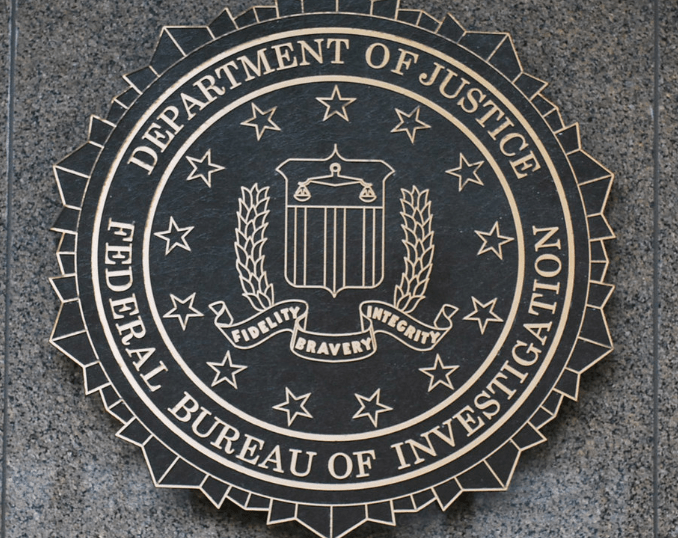Below you will find a complete reproduction of the FBI’s “Handgun Wounding Factors and Effectiveness” report. This is a useful document for any shooter as it details the FBI’s thinking and policy on the deployment of lethal force via handgun.
S. Department of Justice Federal Bureau of Investigation
HANDGUN WOUNDING FACTORS AND EFFECTIVENESS
FBI ACADEMY FIREARMS TRAINING UNIT
FOR LAW ENFORCEMENT DISSEMINATION ONLY
Handgun Wounding Factors and Effectiveness
Special Agent UREY W. PATRICK
FIREARMS TRAINING UNIT FBI ACADEMY QUANTICO, VIRGINIA July 14, 1989
TABLE OF CONTENTS
FOREWARD…………………………………………………………………………………………….1
TACTICAL REALITIES…………………………………………………………………………….3
MECHANICS OF PROJECTILE WOUNDING …………………………………………….4
MECHANICS OF HANDGUN WOUNDING ……………………………………………….5
THE HUMAN TARGET …………………………………………………………………………….8
AMMUNITION SELECTION CRITERIA…………………………………………………..11
THE ALLURE OF SHOOTING INCIDENT ANALYSES …………………………….13
CONCLUSIONS ……………………………………………………………………………………..16
FORWARD
The selection of effective handgun ammunition for law enforcement is a critical and complex issue. It is critical because of that which is at stake when an officer is required to use his handgun to protect his own life or that of another. It is complex because of the target, a human being, is amazingly endurable and capable of sustaining phenomenal punishment while persisting in a determined course of action. The issue is made even more complex by the dearth of credible research and the wealth of uninformed opinion regarding what is commonly referred to as “stopping power”.
In reality, few people have conducted relevant research in this area, and fewer still have produced credible information that is useful for law enforcement agencies in making informed decisions.
This article brings together what is believed to be the most credible information regarding wound ballistics. It cuts through the haze and confusion, and provides common-sense, scientifically supportable, principles by which the effectiveness of law enforcement ammunition may be measured. It is written clearly and concisely. The content is credible and practical. The information contained in this article is not offered as the final word on wound ballistics. It is, however, an important contribution to what should be an ongoing discussion of this most important of issues.
John C. Hall Unit Chief Firearms Training Unit

By Michael Crites
Michael Crites has served as executive editor of AmericanFirearms.org since 2016 and previously held positions as associate editor and range correspondent dating back to 2000. He discovered his passion for precision shooting at age 12 during his first visit to his grandfather's shooting range, eventually earning an Expert classification in three different shooting disciplines before age 18.
During his studies at University of Wyoming, he earned four varsity letters on the collegiate rifle and pistol teams, serving as team captain for three consecutive years. He became the first UW student to complete the NRA Range Safety Officer certification while maintaining full-time student status. He graduated magna cum laude with a B.A. in Sports Communications.
His diverse career has included roles as Range Safety Coordinator for the National Rifle Championships in Camp Perry 2001; editor-in-chief, Precision Shooter Quarterly; series editor, Modern Firearms Handbook collection; managing editor, National Shooting Sports Foundation Newsletter; editor, Competitive Shooter Magazine; operations director for Western Arms & Ammunition Co.; senior editor for the Shooter's Reference Annual (Cheyenne); content director for The Firearms Report, published by the American Shooting Coalition in Billings, MT; firearms correspondent for Hunting & Shooting, produced by Outdoor Sports Media Group in Jackson, WY; and publisher for Wyoming Shooting Sports Journal in Casper. He has contributed as a regular columnist for American Rifleman (NRA Publications), technical editor for Precision, a publication of the National Bench Rest Shooters Association (Phoenix, AZ); and as firearms specialist for the Gun Owner's Annual.
As a digital content creator, he has written more than 400 articles on AmericanFirearms.org, developed shooting technique coverage for the Brownells Shooting Blog (Montezuma, IA) and Federal Premium "Range Notes" platform (Anoka, MN), and served as lead content strategist for International Defensive Pistol Association (Berryville, AR). Beyond Tactical Firearms, his current endeavors include content development for the Wyoming State Rifle Association (Cheyenne, WY) and technical manual production for High Plains Publishing of Laramie, WY.
He has contributed to the 12th, 13th, and 14th editions of Modern Sporting Rifles Guide and edited The Complete Guide to Tactical Shooting and Competitive Shooter's Reference Manual (Gun Digest Books).
View all of Michael Crites's posts.
